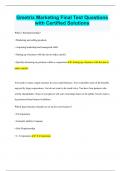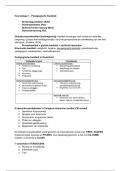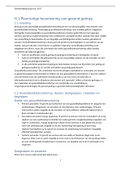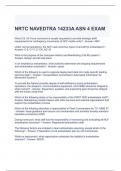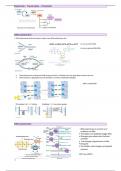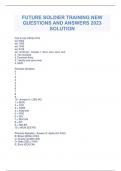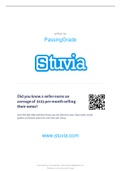Summary
Samenvatting teksten intersectionaliteit- en diversiteitsstudies
- Course
- Institution
Samenvatting van de verplicht te kennen teksten bij het vak 'Intersectionaliteit- en diversiteitsstudies'. Het is een uitgebreid en volledig document, handig om naast je lessen te leggen tijdens het studeren. Geslaagd voor dit vak vanaf de eerste keer adhv dit document + de samenvatting.
[Show more]




